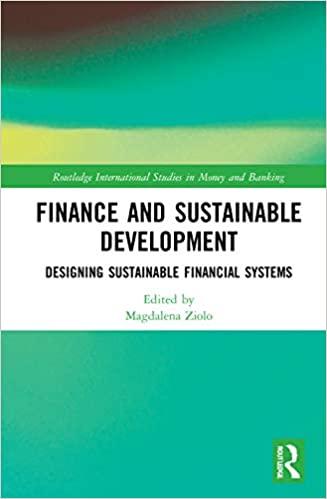Question
Year ending Dividends Repurchases Stock issues 31-Dec-03 $620,250,000 $241,500,000 $840,000 31-Dec-04 730,500,000 309,000,000 1,117,500 31-Dec-05 852,750,000 564,000,000 1,687,500 31-Dec-06 978,750,000 3,697,500,000 2,017,500 31-Dec-07 1,109,250,000 575,000,000
| Year ending | Dividends | Repurchases | Stock issues |
| 31-Dec-03 | $620,250,000 | $241,500,000 | $840,000 |
| 31-Dec-04 | 730,500,000 | 309,000,000 | 1,117,500 |
| 31-Dec-05 | 852,750,000 | 564,000,000 | 1,687,500 |
| 31-Dec-06 | 978,750,000 | 3,697,500,000 | 2,017,500 |
| 31-Dec-07 | 1,109,250,000 | 575,000,000 | 1,657,500 |
| 31-Dec-08 | 1,293,000,000 | 729,750,000 | 2,902,500 |
| 31-Dec-09 | 1,535,250,000 | 1,127,500,000 | 3,855,000 |
| 31-Dec-10 | 1,785,750,000 | 1,303,500,000 | 2,925,000 |
| 31-Dec-11 | 2,059,500,000 | 887,250,000 | 2,332,500 |
| 31-Dec-12 | 2,438,250,000 | 500,000,000 | 12,000,500 |
| 31-Dec-13 | 2,844,750,000 | 1,287,750,000 | 5,220,000 |
The current stock price for this firm is $42.15 and they have 2,919,842,000 shares outstanding. Do the following to calculate the cost of equity for this firm:
Calculate the total cash flow to equity for each year, and then find the year-to-year percentage change in the total cash flow to equity.
Using a line graph, graph dividends, repurchases, stock issues, and total cash flow to equity where year is on the x-axis and the cash flow amount is on the y-axis. This graph will give you an idea of how each cash flow to equity component has behaved over the past ten years.
Calculate the compound growth rate in total cash flow to equity over the past 10 years and 5 years separately.
Calculate the average year-to-year % change in total cash flow to equity over the past 10 years and 5 years separately.
Calculate the cost of equity using the Gordon model and each of the four growth rates you calculated in parts (c) and (d). You should have four cost of equities.
In a textbox, give a brief description of what is going on in the data for total cash flow to equity, and identify what you think is the true cost of equity for the firm and why.
Step by Step Solution
There are 3 Steps involved in it
Step: 1

Get Instant Access to Expert-Tailored Solutions
See step-by-step solutions with expert insights and AI powered tools for academic success
Step: 2

Step: 3

Ace Your Homework with AI
Get the answers you need in no time with our AI-driven, step-by-step assistance
Get Started


